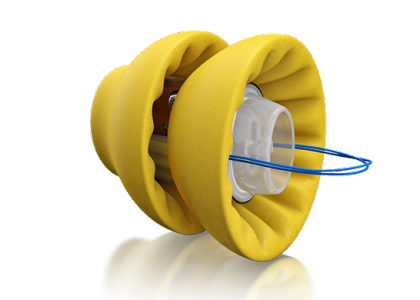
Recently, Phonak revealed their tech updates for 2024 and within that, they announced something quite unexpected.
I knew that we were seeing an update to their Receiver-in-Canal and Behind-the-Ear hearing aids with the introduction of the Audéo Lumity 312, the Naída Lumity SP, the Sky Lumity M, plus the Sky Lumity SP, but what I wasn’t aware of was this: Phonak are also updating their Lyric Hearing Aid, which for some reason has gone under the radar.
Phonak’s Lyric is the world’s only truly invisible hearing aid, and there are genuinely no other hearing aids that rival it in terms of discretion, but that discretion does come at a cost.
In this blog, I’ll cover all the reasons that my patients love this hearing aid, including if it’s suitable for you and all the reasons that sometimes people don’t get along with it.
What is unique about the Phonak Lyric Hearing Aid?
The Phonak Lyric is in a category of hearing aid in itself as it’s the world’s only extended-wear hearing aid. Since its launch in 2007, there have been several iterations, all with very minor changes – some physical and some acoustic.
Firstly, we saw Lyric 1, which was revolutionary as the world of audiology hadn’t seen anything like it before. However, sadly, it only fitted in around 50% of the ears that it was tried in. In 2012, the Lyric went through a complete overhaul with its components being miniaturised, which positively increased the fit rate to around 75%.
Then in 2017, Phonak introduced Lyric 3 with adjustments to the compression ratios, a new lower power circuit, and a broader range of sizes ranging from XXS to XXL, further improving comfort and feedback issues. Finally, in 2020, Phonak released Lyric 4 with a redesign of the speaker protection system to improve their longevity and a reduction in the size of the module to improve comfort
What are the Phonak Lyric 2024 updates?
Lyric 4 is officially having an update in the summer of 2024, depending on where you are in the world.
Due to the nature of Lyric and how it works from a subscription point of view, if you’re already a Lyric user, you’ll be upgraded to your next version of Lyric at your next insertion at no extra cost. This is due to their brand-new membrane chip.

Key benefits of Lyric
There are five reasons why I’m a huge fan of Lyric:
1. Discretion:
Phonak Lyric is inserted into your ear canal using a microscope and a Phonak specialist insertion tool. Before this, two measurements need to be taken by a Lyric specialist. Firstly, the depth of your ear canal is measured using a silicone tool, which tells us how far down we need to insert your Lyric. The optimum depth is around 4mm from your eardrum, so it’s incredibly close to your eardrum. The second measurement looks at the width of your ear canal, dictating which of the seven Lyric sizes is the most appropriate for you and your ears.
If it’s too big, it may be uncomfortable, and if it’s too small, it may migrate, or you may hear feedback or whistling in your ears. In practice, we tend to do this with a dummy Lyric, starting off with the smallest size and then gradually increasing the size until we find the right fit for you. Once I find the correct depth and size of Lyric for you, I would then insert a live programmed device, which has been set up based on your hearing test results and the difficulties that you face on a daily basis. It sits 4mm from your eardrum, which makes it the first reason that Lyric is a great product—its discretion, as it really is the only hearing aid out there that’s truly invisible once inserted.

2. Convenience:
No matter the style of hearing aid you’ve been looking at, there is always some degree of maintenance needed to keep it working. However, Lyric has no batteries or filters to change, and the battery lasts a lengthy 2-3 months.
In that time, there’s nothing you need to do. It can be worn 24/7 with no maintenance required aside from visiting your audiologist to have the old one removed and the new one inserted every couple of months.
3. Comfort:
You may think having something sitting in your ear canal from your eardrum 24/7 would be uncomfortable, but it’s quite the opposite. After a week or so of wearing Lyric, the sensation of it being in your ear completely disappears.
Despite all the technology it packs in it’s small, light and incredibly comfortable. Building on that, if you’re doing any strenuous activities which may cause a moisture buildup, such as working out or doing any gardening, or if you’re travelling on a plane and experiencing a pressure equalisation, the foam seals allow for moisture and air to travel from within your ear canal to the outside world using Phonak’s open-cell technology.
It’s also coated with silicone which gives it some degree of resilience.
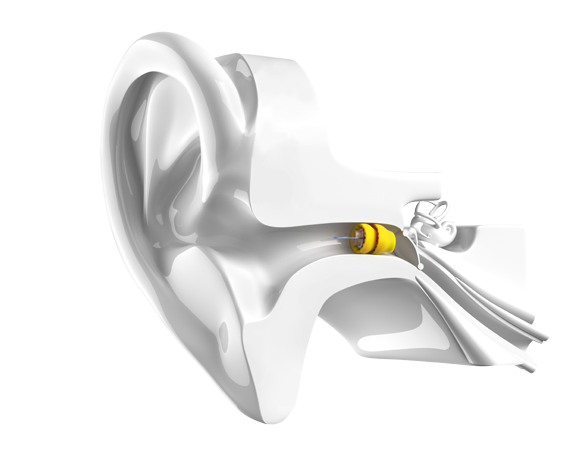
4. Sound quality:
These hearing aids are digitally programmable analogue devices, which has its pros and cons.
Being analogue means that it produces a very clean and natural sound with very little processing going on, meaning no digital manipulation of the sound whatsoever. As a result, I have a huge number of musicians wearing Lyric over and above any other digital hearing aid technology.
However, this also means that it doesn’t have the same degree of technology as a digital set of hearing aids, so you may be missing out on features such as Bluetooth, an active feedback manager, or even noise reduction settings. If your degree of hearing loss warrants any more specialist features, then Lyric may not be the right solution for you.
The only way to find out is to find an audiologist who provides Lyric, as it’s a specialist service. Harley Street Hearing is the original UK Lyric clinic and the number 1 Lyric clinic in Europe with locations across London and Greater Manchester. To find out more or book an appointment, get in touch with us.
5: Tinnitus management
Reason number five is that if you’re like me and you’re one of the 15% of the population that suffers from tinnitus, then you’ll agree with me when I say that the time I notice my tinnitus the most is that very moment that I climb into bed and the noise of the world has stopped, and there’s pure silence.
However, that’s not because all I can hear is this ringing. It just so happens that this is the moment that most hearing aid users will remove their hearing aids from their ears, meaning that the tinnitus masking which happens when you’re wearing your hearing aids will obviously stop.
Suitability for Phonak Lyric
As the Lyric is worn 24/7, you’ll spend no time without it in your ears, and it should continually mask your tinnitus 24 hours a day. Lyric is suitable for those with mild to moderate sensorineural hearing loss, and if your hearing loss falls within this shaded area, then it’s technically suitable for you.
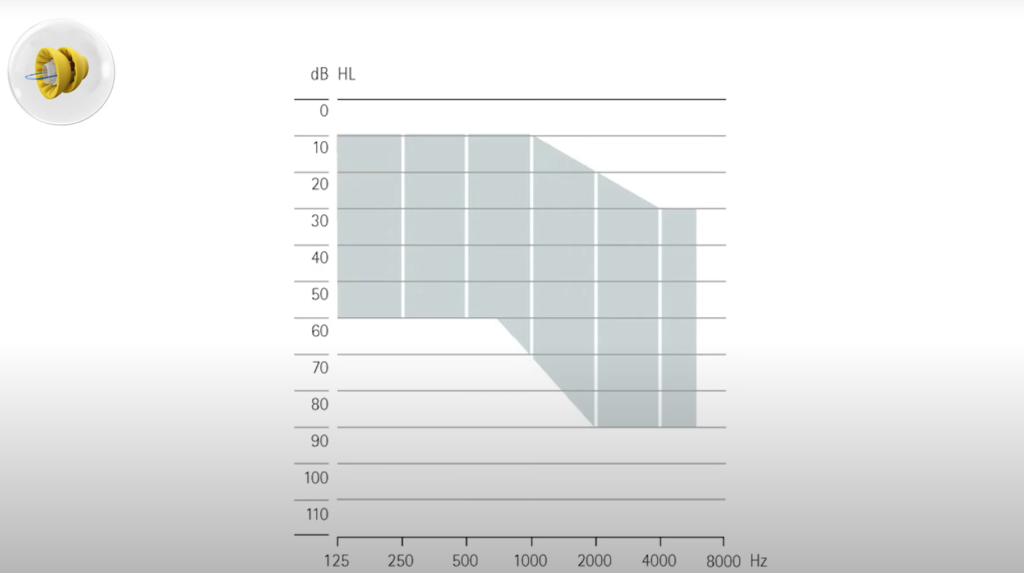
When Phonak Lyric isn’t suitable
It’s also worth noting that there are a few factors that require medical approval before Lyric can be fitted, such as:
- If you suffer from uncontrolled diabetes,
- If you’re on blood-thinning medication
- If you have some form of immunodeficiency
- If you have any bleeding disorders
- If you have an implantable medical device
- If you’re under the age of 21
On top of that, there are also some other contraindications to wearing Lyric. For example if you’ve had any head or neck radiation therapy, or if you’ve got any active middle ear issues such as tympanic membrane perforations, cholesteatoma, or grommets.
Lifestyle considerations
Your lifestyle is also something to bear in mind when considering Lyric, as yes, it’s designed as a fit-and-forget hearing aid. However, there are a few occasions when you don’t want to be wearing it. If you regularly participate in these activities, Lyric might not be suitable for you.
Firstly, swimming. They’re treated to have some degree of water resistance; however, if you get them wet, they’re going to break. Some of my patients have custom-made earplugs so that they have a bit more freedom when they’re in the shower, when they bathe, or when they go swimming, but you still have to be careful.
If you’re a daily swimmer, I personally wouldn’t recommend that you wear Lyric due to the potential of a pressure buildup between Lyric and your eardrum. Phonak also recommends removing Lyric if you’re going scuba diving or skydiving to avoid barotrauma.
If you’re having an X-ray or a CT scan, your Lyric can technically stay in. However, it’s still worth mentioning it to the doctor, and if you have an MRI scan, it definitely needs to be removed due to its metal content.
Adjusting the Lyric
Aside from this hearing aid being programmed by your audiologist, it is also possible to change the mode that it’s in using the SoundLink, which comes with your Lyric. This allows you to change the volume, turn the Lyric on and off, or even enable the sleep mode, which is essentially an acoustic transparency mode somewhere between the hearing aid being switched off fully and being switched on.
Looking for the right hearing aid for you can be an absolute minefield, and there are tons of hearing aids out there claiming to be invisible. However, in my opinion, the Phonak Lyric is the only one that is truly invisible.
If you’re interested in seeing if the Phonak Lyric is suitable for you, get in touch with us for a risk-free Lyric hearing consultation and a no-obligation 30-day trial.
Phonak Lyric: 5 Reasons it’s the BEST Invisible Hearing Aid of 2024
Matthew Allsop is a Partner at Harley Street Hearing and the content creator for Hearing Tracker, where he shares his honest opinions on all things to do with hearing health and hearing aid technology. Hearing Tracker is the world’s first truly independent resource for hearing aid customers. You can watch his video on the Phonak Lyric below.
Enjoy this article? You might be interested in some of our others:







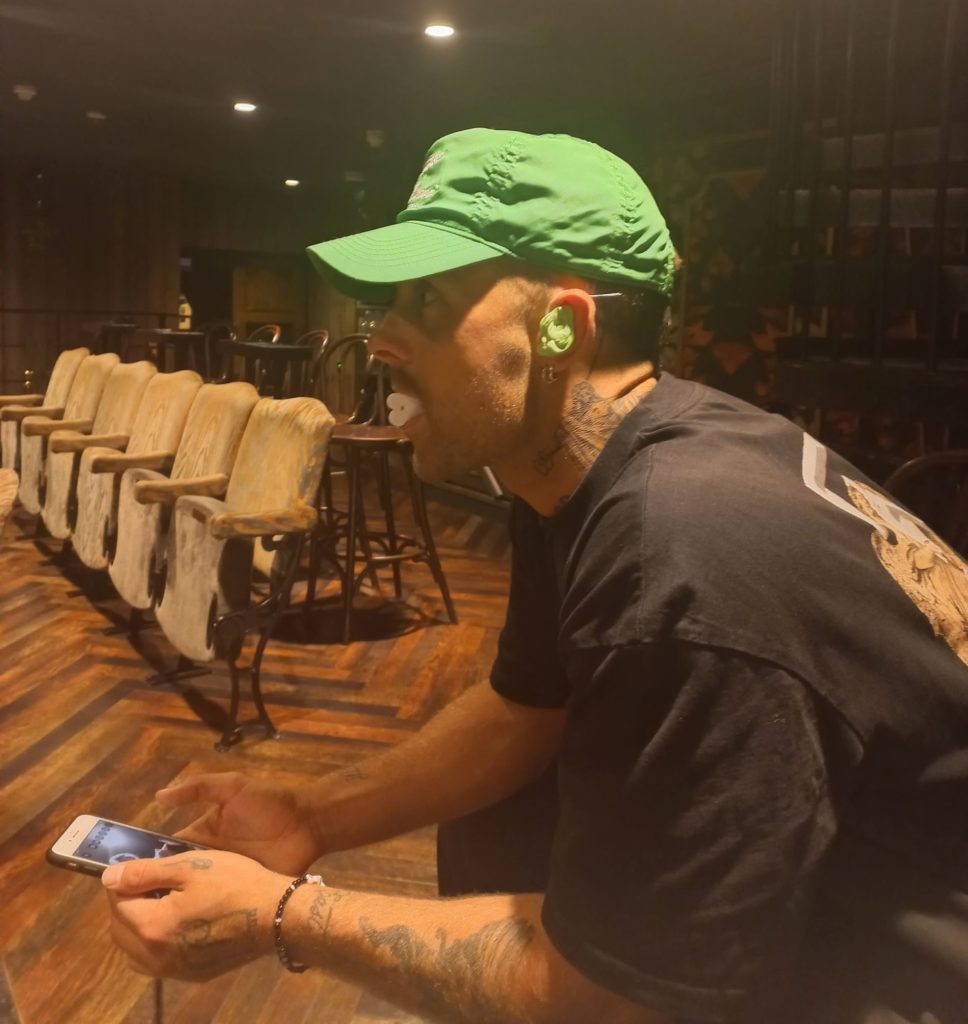
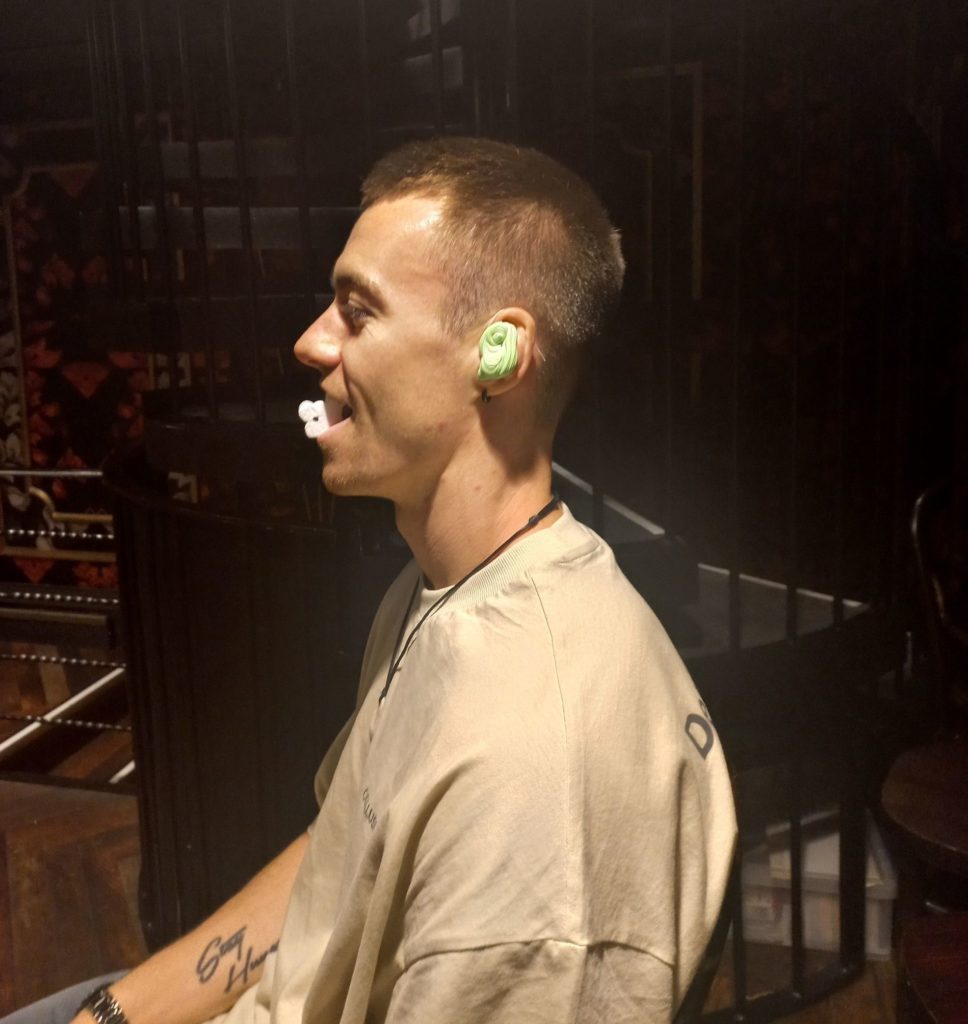


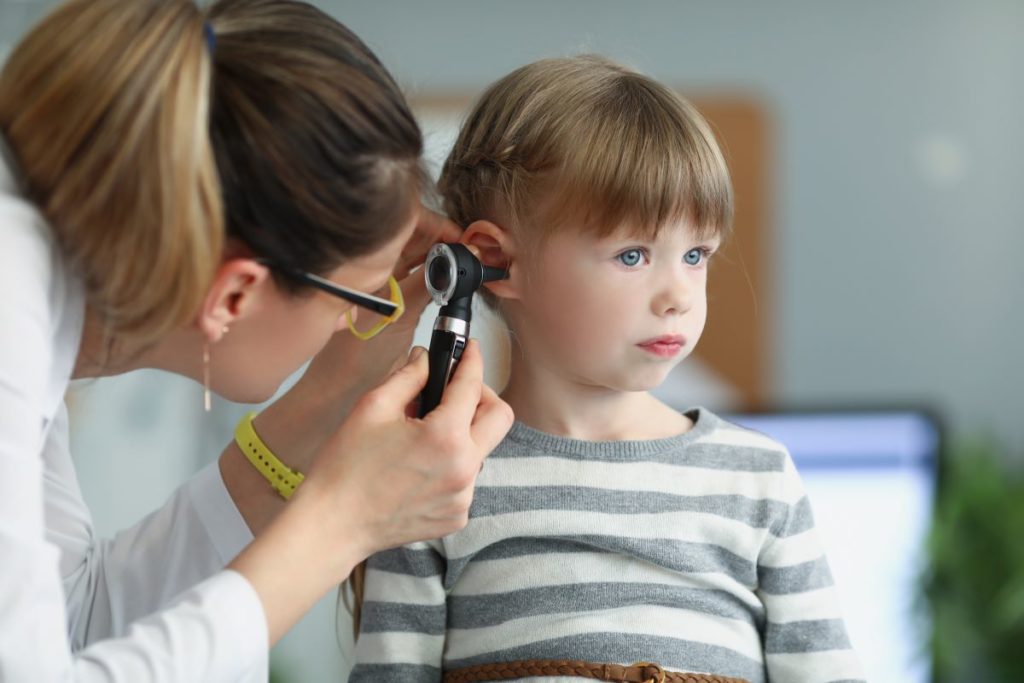

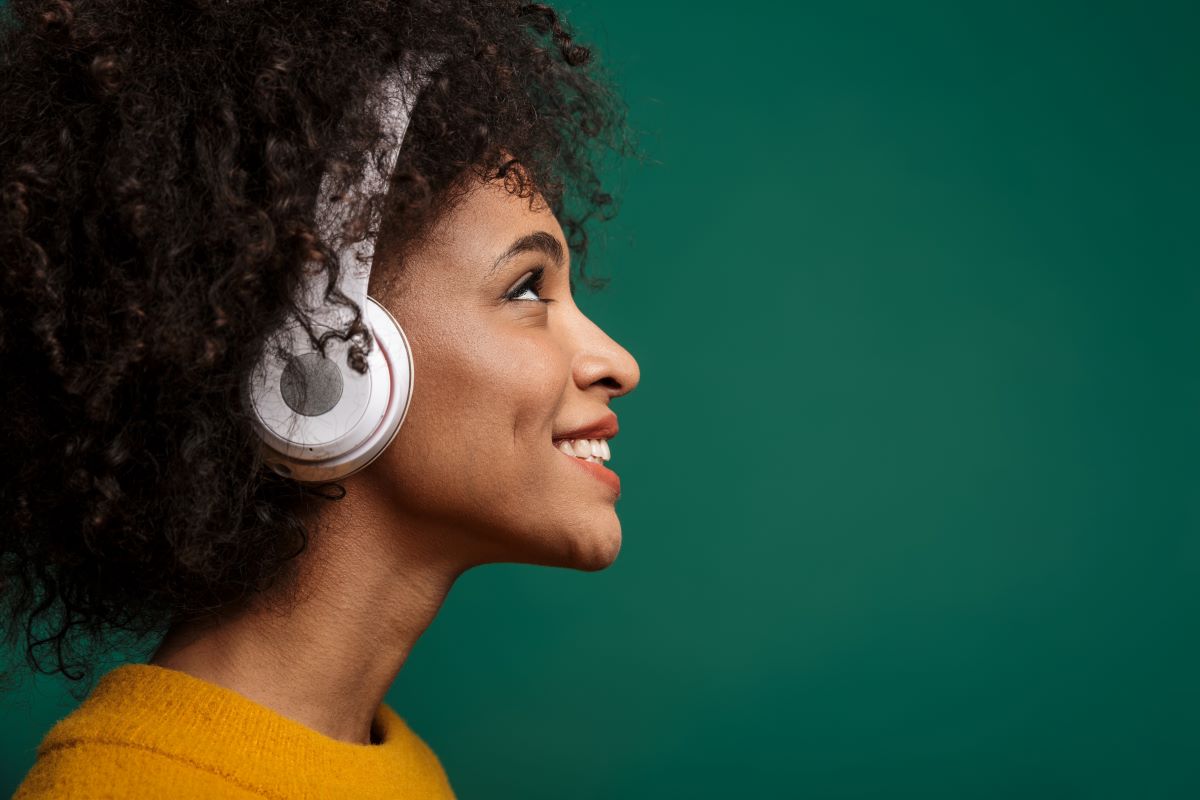
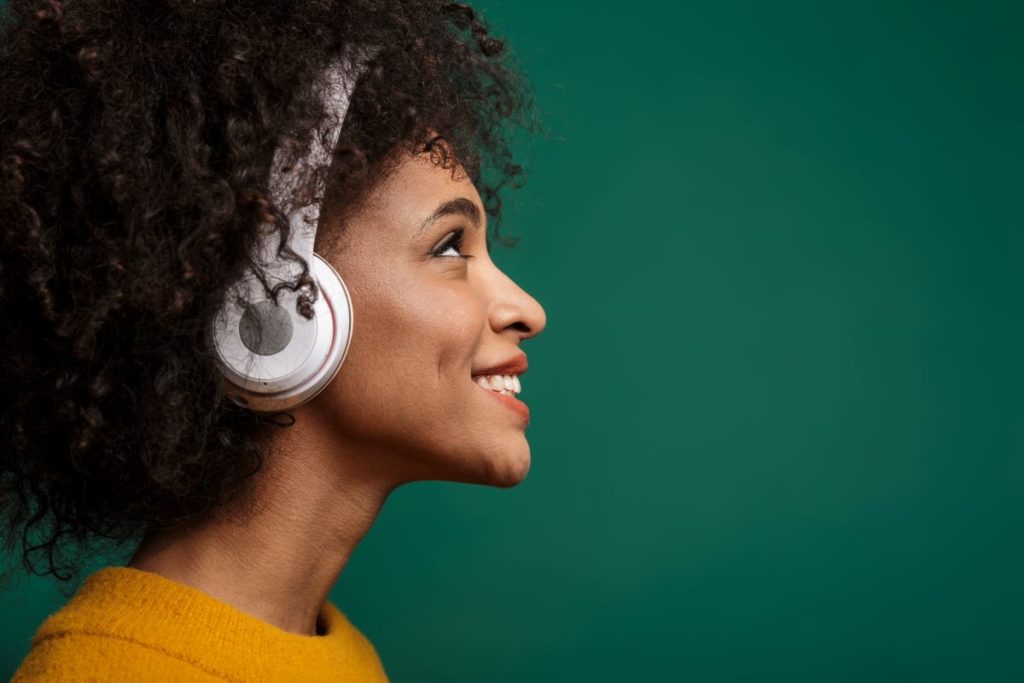

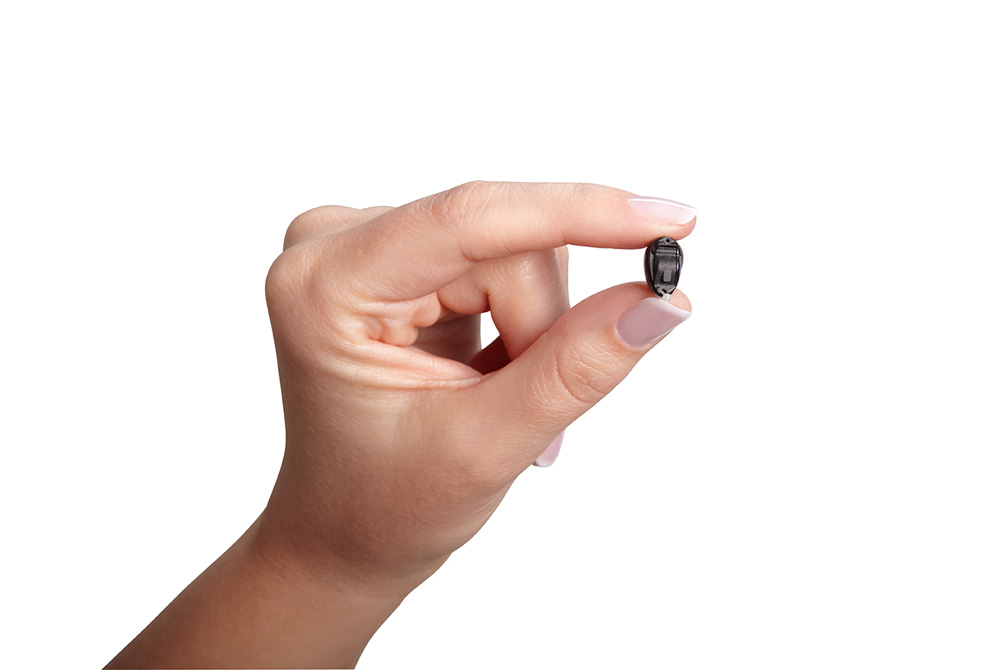





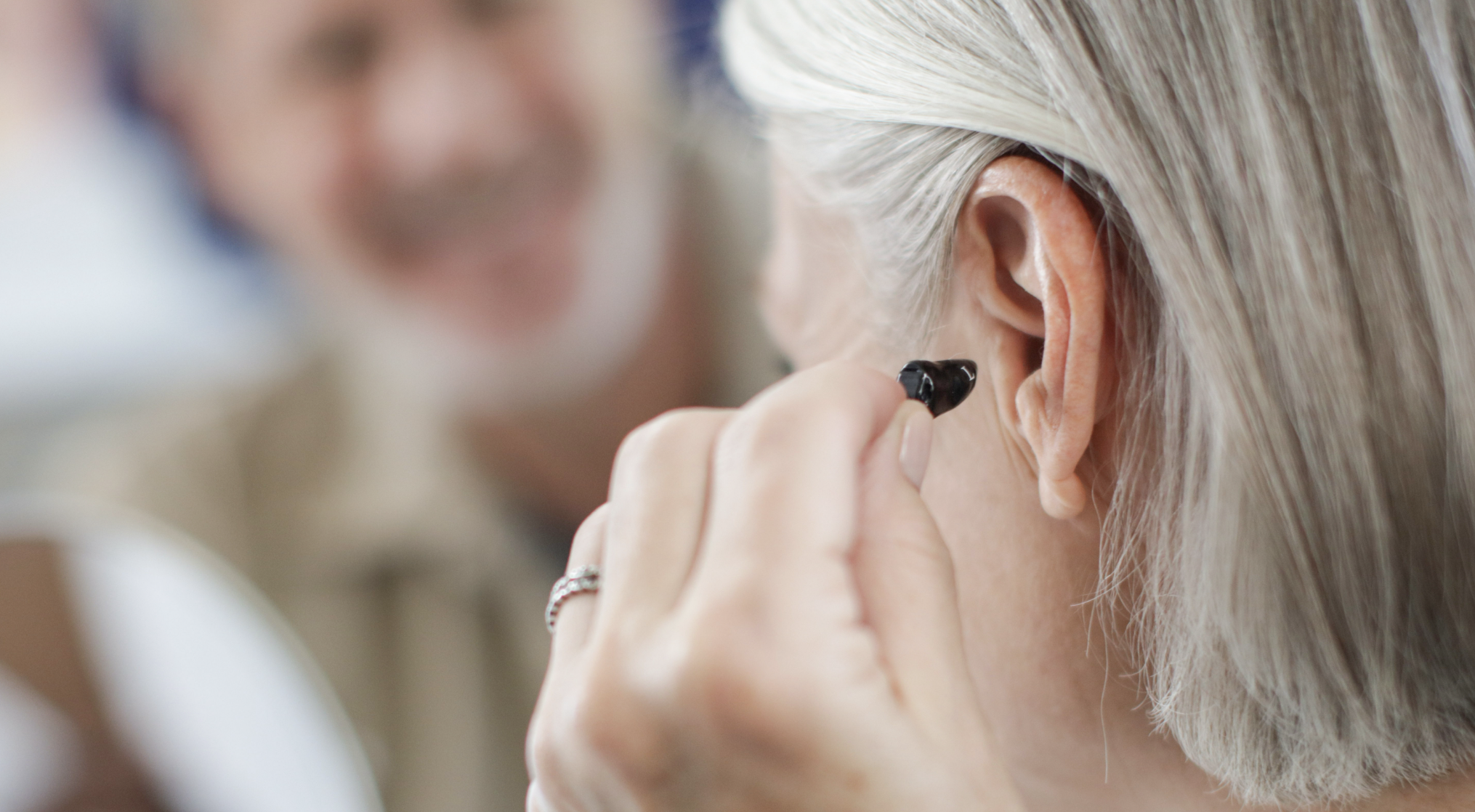

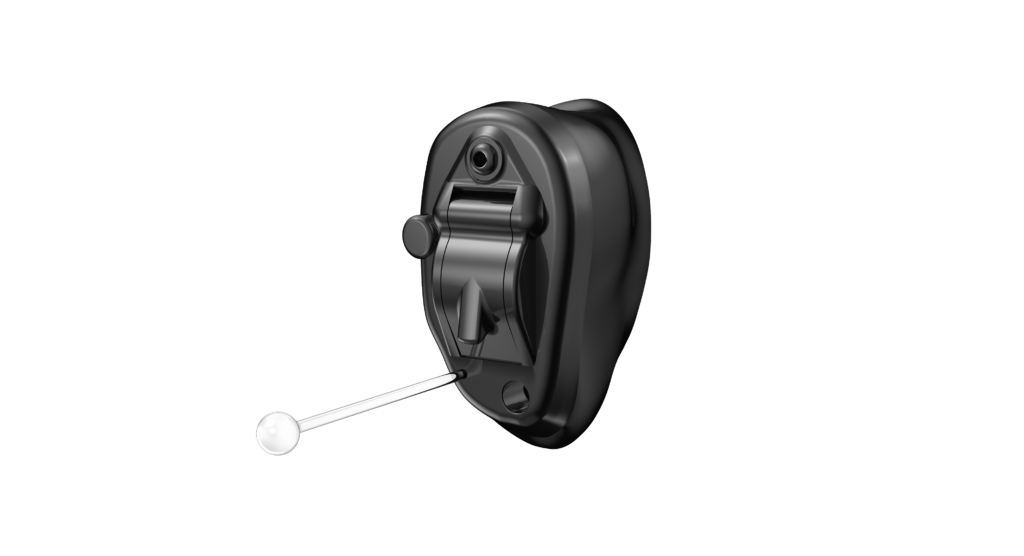
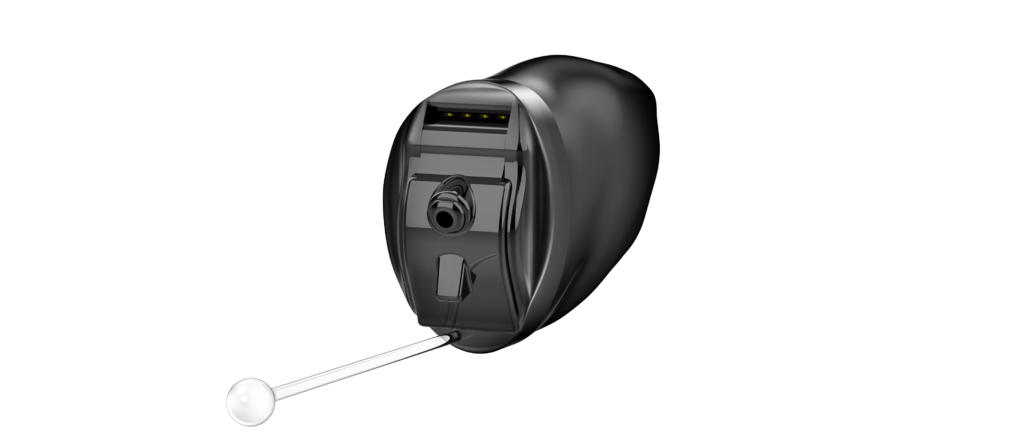



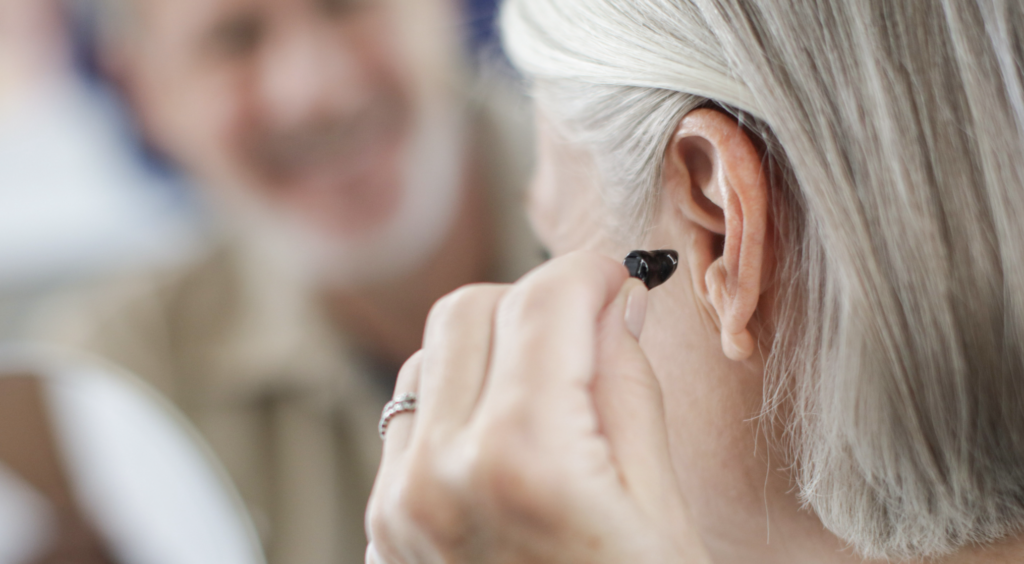
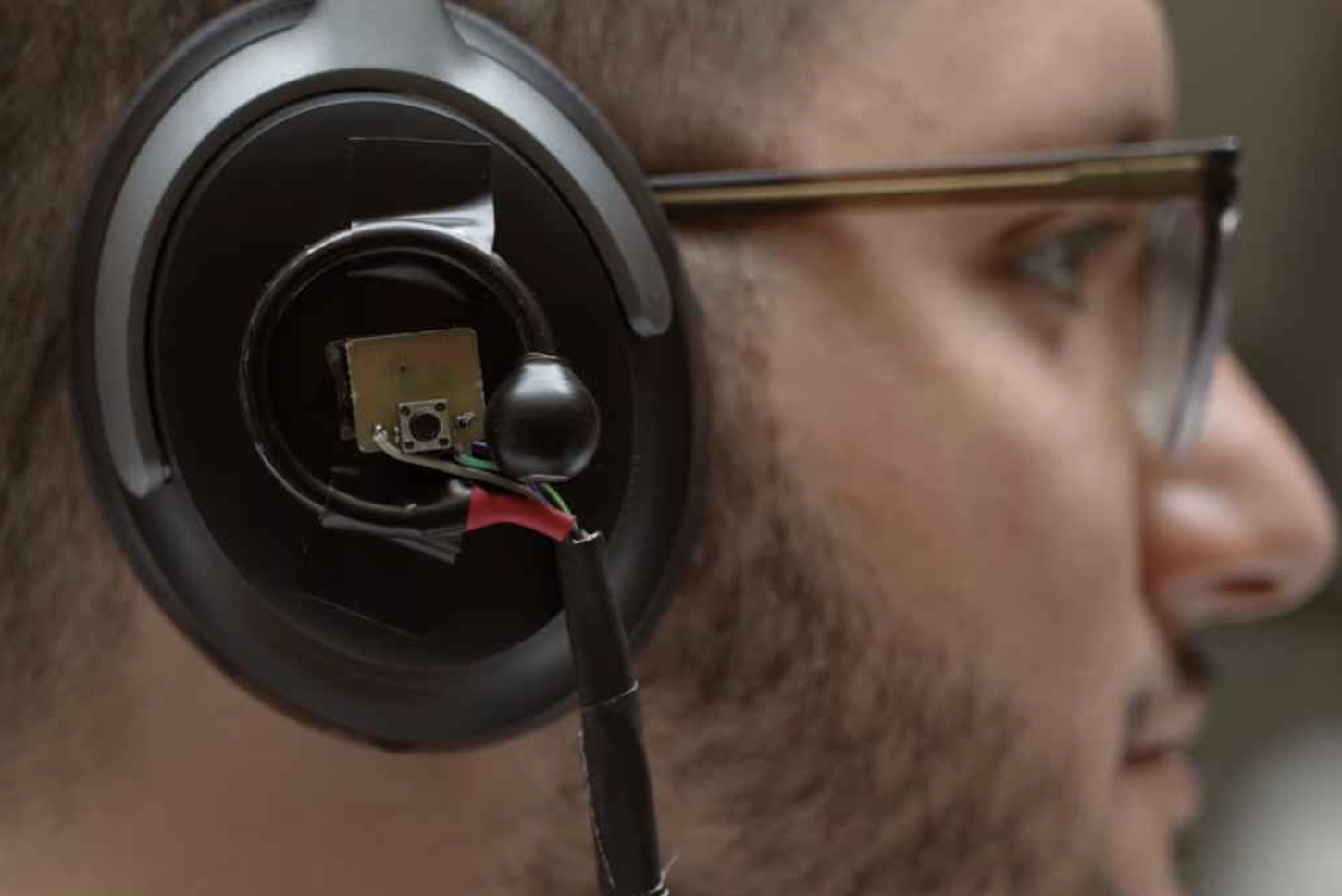
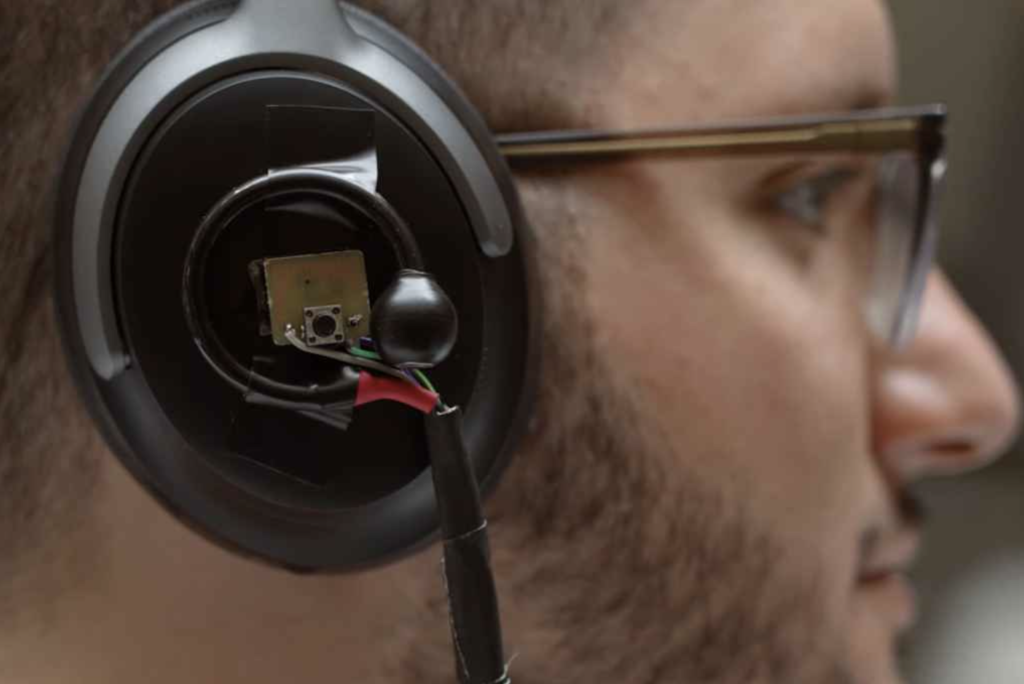


 Hearing Hearing Tests for Children
Hearing Hearing Tests for Children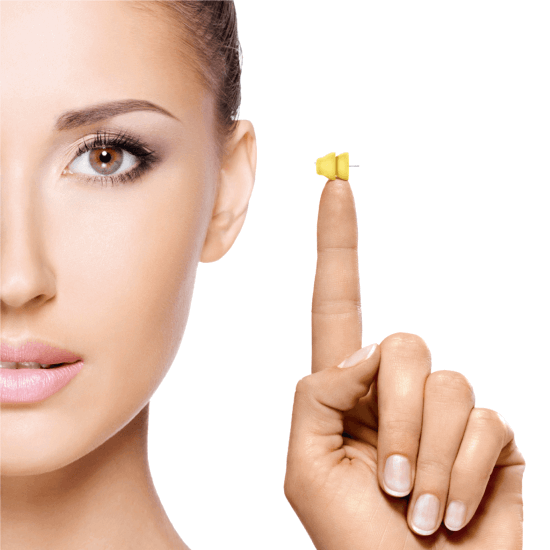







Recent Comments